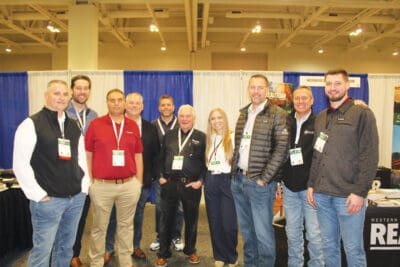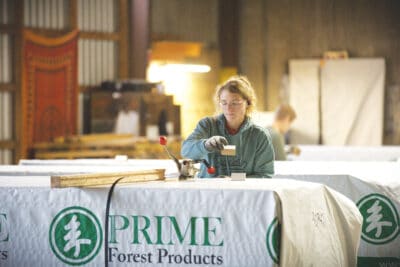The National Association of Home Builders, based in Washington, DC, recently released the following statement: while housing starts ended 2020 on a strong note, rising lumber prices and increasing regulatory cost concerns could affect future production. Led by a solid, double-digit gain in single-family starts, overall housing starts increased 5.8 percent to a seasonally adjusted annual rate of 1.67 million units, according to a report from the U.S. Department of Housing and Urban Development and the U.S. Census Bureau.
The December reading (which is the most current data available) of 1.67 million starts is the number of housing units builders would begin if development kept this pace for the next 12 months. Within this overall number, single-family starts increased 12.0 percent to a 1.34 million seasonally adjusted annual rate. The multifamily sector, which includes apartment buildings and condos, decreased 13.6 percent to a 331,000 pace.
Total housing starts for 2020 were 1.38 million, a 7.0 percent gain over the 1.29 total from 2019. Single-family starts in 2020 totaled 991,000, up 11.7 percent from the previous year. Multifamily starts in 2020 totaled 389,000, down 3.3 percent from the previous year.
“Builder concerns about a changing regulatory landscape may have triggered many to move up their plans to pull permits and put shovels to the ground,” said Chuck Fowke, chairman of the National Association of Home Builders (NAHB) and a custom home builder from Tampa, FL. “Our latest builder sentiment survey suggests somewhat softer numbers ahead due to rising building costs and an uncertain regulatory climate.”
“The 1.34 million single-family starts pace in December was the highest since September 2006,” said NAHB Chief Economist Robert Dietz. “And while NAHB is forecasting further production increases in 2021, the gains will be tempered by ongoing supply-side challenges related to material costs and delivery times, a dearth of buildable lots and regional labor shortages that continue to exacerbate affordability woes.”
On a regional and year-to-date basis (January through December of 2020 compared to that same time frame a year ago), combined single-family and multifamily starts are 13.2 percent higher in the Midwest, 7.5 percent higher in the South, 6.2 percent higher in the West and 2.8 percent lower in the Northeast.
Overall permits increased 4.5 percent to a 1.71 million unit annualized rate in December. Single-family permits increased 7.8 percent to a 1.23 million unit rate. Multifamily permits decreased 3.0 percent to a 483,000 pace.
Looking at regional permit data on a year-to-date basis, permits are 7.4 percent higher in the Midwest, 7.3 percent higher in the South, 2.1 percent higher in the West and 5.2 percent lower in the Northeast.
Learn more at www.nahb.org.









